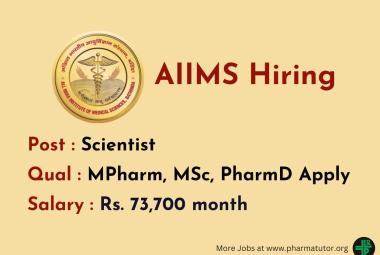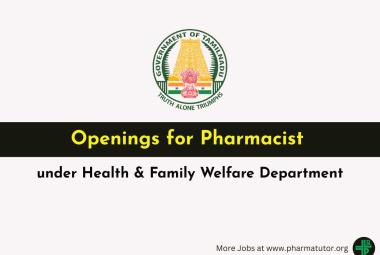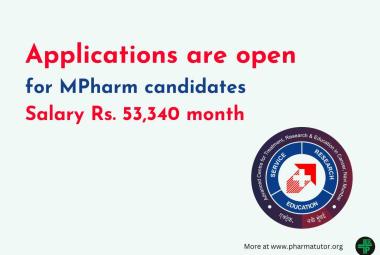A new report, authored in part by researchers at the National Institute of Mental Health (NIMH), part of the National Institutes of Health, provides guidance on how to implement universal suicide risk screening of youth in medical settings. The report describes a way for hospitals to address the rising suicide rate in a way that is flexible and mindful of limited resources.
[adsense:336x280:8701650588]
In 2016 alone, more than 6,000 youth in the United States under the age of 25 died by suicide, according to the Centers for Disease Control and Prevention(link is external). Studies have found that a majority of youth who died by suicide visited a health care provider or medical setting in the month prior to killing themselves. The interactions of these youth with the health care system make medical settings an ideal place for positioning suicide intervention efforts.
In 2007, The Joint Commission (TJC)(link is external) released a National Patient Safety Goal requiring that all behavioral health patients who present to psychiatric and general hospitals be screened for suicide risk. However, upon examining their data, they discovered that over a quarter of hospital suicides occur on non-behavioral health units, and at-risk patients were passing through emergency departments, inpatient medical units, and outpatient clinics undetected. This realization led TJC, in 2016, to recommend that all patients presenting to medical settings be screened for suicide risk.
While good practice, universal screening can present a strain on the resources of hospitals and other health care facilities. The report, published in Psychosomatics, presents a new three-tiered clinical pathway system as a flexible and resource-conscious way to implement universal suicide risk screening within pediatric health care settings. The system was created by an international subcommittee of the Pathways in Clinical Care workgroup from within the Physically Ill Child committee of the American Academy of Child and Adolescent Psychiatry.
The clinical pathway model consists of three main components, the first of which is an initial screen of all youth using the NIMH IRP-created Ask Suicide-Screening Questions (ASQ) tool. The ASQ is the first screening tool developed specifically to detect suicide risk in pediatric medical patients, is available in 14 languages, and takes about 20 seconds to administer. The second tier of screening is the most critical step and calls for a brief suicide safety assessment (BSSA), which takes about 10-15 minutes to administer. This measure is used to classify a person’s risk of suicide (low risk, high risk, or imminent risk) based on survey responses and clinical judgment, guiding the clinician’s decision for next steps. The third tier of screening, if deemed necessary during the BSSA, involves a full comprehensive safety evaluation by a licensed mental health provider. The goal of this assessment is to address safety issues and establish an intervention plan.
Decisions about patient care are made at each of the three assessment stages and are dependent on clinical insight in combination with responses to the surveys.
According to Lisa Horowitz,Ph.D., M.P.H., a clinical scientist in the NIMH Intramural Research Program and an author on the paper, these pathways make it possible for health care systems to implement suicide risk screening for all patients, in a practical way. This is how researchers and clinicians can partner together to heed the call to action to lower the suicide rate and save young lives.







